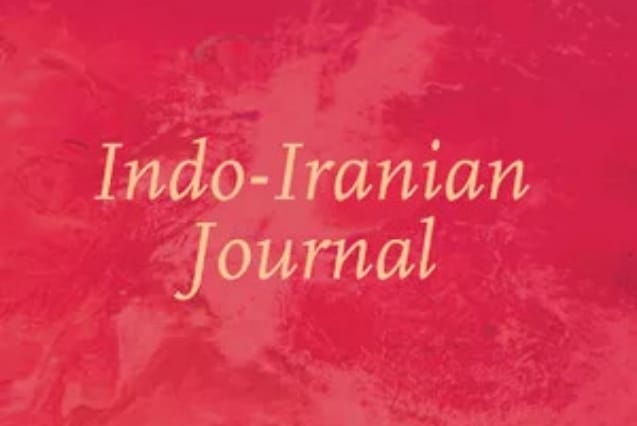The Emamzadeh Yahya at Varamin: An Online Exhibition of an Iranian Shrine
امامزاده یحیی ورامین: نمایشگاهی آنلاین از زیارتگاهی ایرانی
This project website was brought to our attention by its curator, Keelan Overton. While it falls outside the scope of our work, we present it here for its innovative approach and valuable contributions to the field. We encourage you to explore the bilingual website to discover its diverse range of content. ~AZ
The Emamzadeh Yahya shrine complex is simultaneously the sacred tomb of Emamzadeh Yahya (d. 869–70), a destination for ziyarat (pious visitation), an architectural monument of the Ilkhanid period (1256–1353), the main community center and cemetery of the Kohneh Gel neighborhood, a cultural heritage site, and the source of luster tiles displayed in around fifty museums worldwide. In this exhibition, which is also an exhibition catalog and an academic edited volume, we trace the complex’s many looks, functions, users, and stories over seven hundred years. Through our detailed study of one site, we offer a general exploration of Persian art and Iranian culture from the medieval period to the present.
We invite you to explore the exhibition’s Six Thematic Galleries and read the Introduction by curator Keelan Overton.








